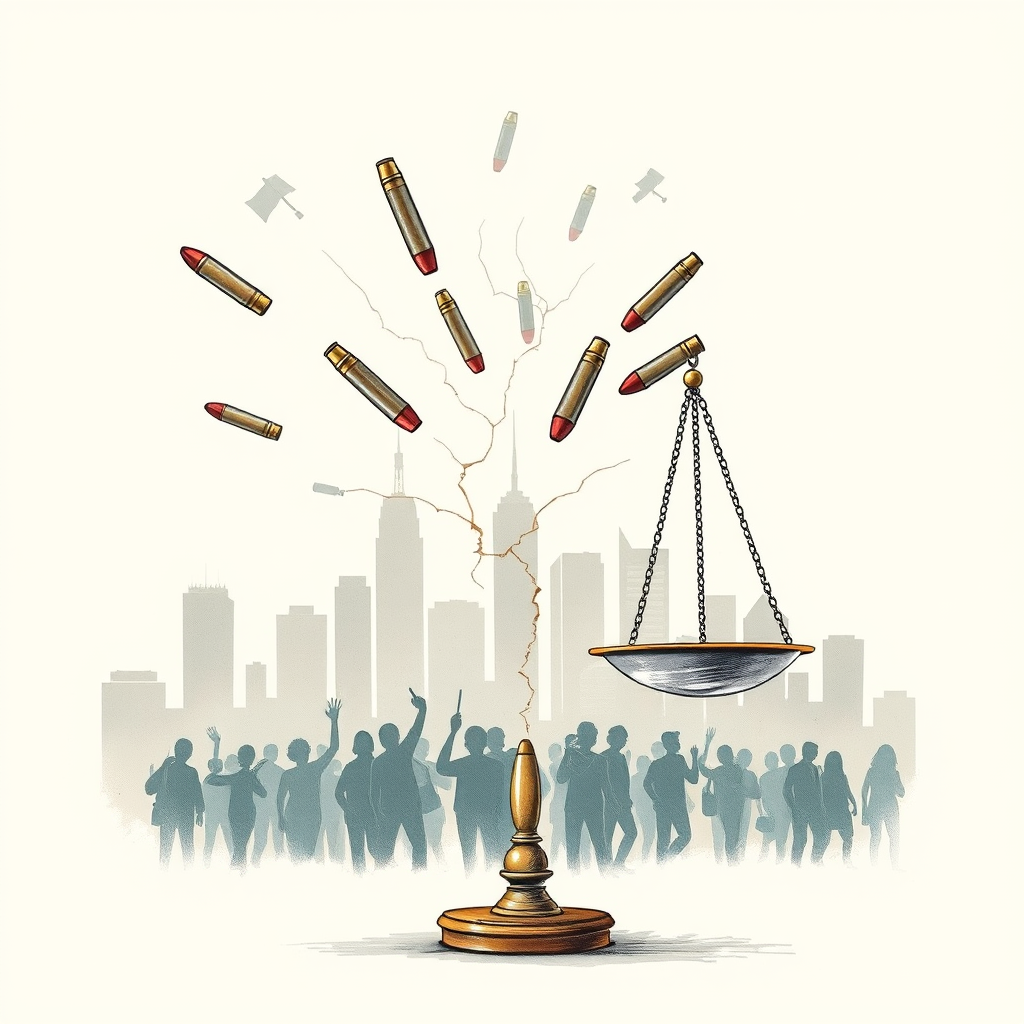Rubber Bullets: Why Protests Amplify the Danger

The promise of “less lethal” weaponry – tools designed to subdue without causing permanent harm – frequently falls short when deployed against protesters, a recent investigation reveals. While law enforcement agencies maintain these weapons – foam rounds, flash-bangs, pepper-balls – are intended for situations requiring a measured response, aiming for “pain compliance” rather than incapacitation, the reality on the ground often paints a far more brutal picture.
A two-year deep dive into the history and modern application of these munitions, detailed in Linda Rodriguez McRobbie’s “The People vs. Rubber Bullets,” exposes a troubling pattern. Following the widespread protests sparked by the killing of George Floyd in 2020, numerous individuals suffered severe injuries – traumatic brain injuries, eye damage, and broken bones – as a direct result of less lethal weapon deployment. Cities subsequently paid out millions in settlements, with promises of reform largely going unfulfilled.
The investigation highlights a critical disconnect between the stated purpose of these weapons and their actual use. Law enforcement is frequently tasked with managing complex societal issues – immigration, inequality, mental health crises – without the resources to address the root causes. Less lethal weapons, then, become a quick, and often disproportionate, response to symptoms rather than solutions.
A significant issue is the lack of oversight and regulation surrounding these weapons. There are no national or international standards governing their use, and reporting on incidents remains minimal. This absence of accountability leaves crucial questions unanswered: does the problem lie with the tools themselves, or with those wielding them?
McRobbie’s work convincingly argues that protests are particularly problematic contexts for deploying less lethal weapons. What are intended as tools for maintaining order can quickly become instruments of intimidation and punishment. The impact extends far beyond the individual struck, fracturing trust between law enforcement and the communities they serve, exacerbating societal divisions, and chilling the exercise of First Amendment rights to free speech and assembly.
The notion of a weapon being “less lethal” is, in itself, a misnomer. While they may not always result in death, the injuries they inflict can be devastating and life-altering. The current system allows for a dangerous ambiguity, where the line between maintaining order and inflicting harm is blurred, and the consequences are often borne by those exercising their constitutional rights. A serious reevaluation of policy, training, and accountability is urgently needed to ensure these weapons are used responsibly, if at all, and that the promise of “less lethal” doesn’t become another broken promise to the public.